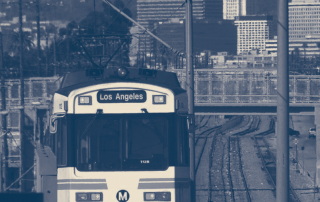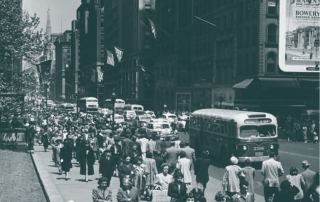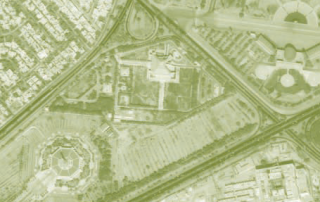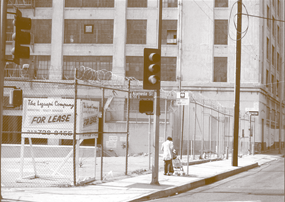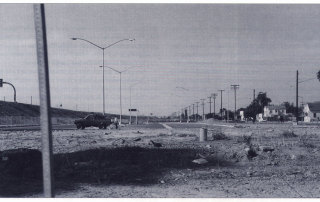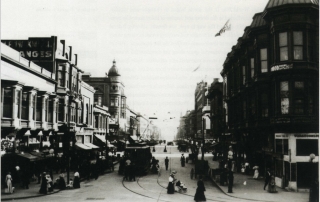Opportunities and Challenges for TODs in Southern California
Anastasia Loukaitou-Sideris
When the concept of transit-oriented development (TOD) first appeared in the 1980s, many planners and academics enthusiastically endorsed it as a way to increase transit ridership and mitigate sprawl. But actual implementation of TOD projects in Southern California was slow to follow. Developers and funding institutions worried about TODs viability in a region married to the car.
Download the PDF.

